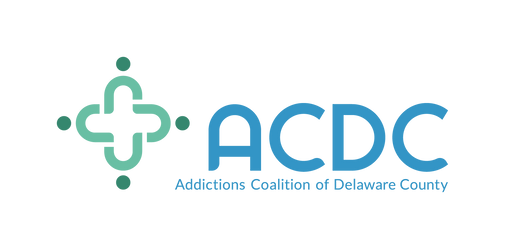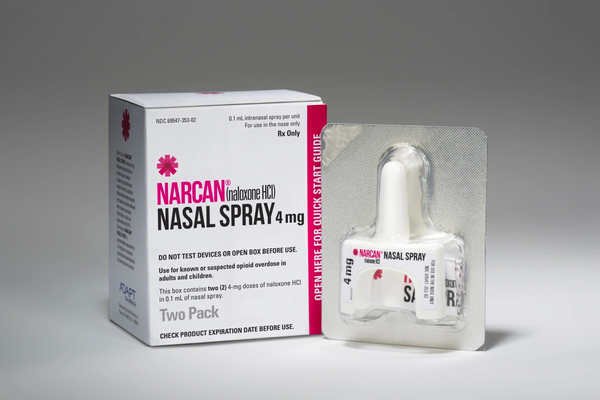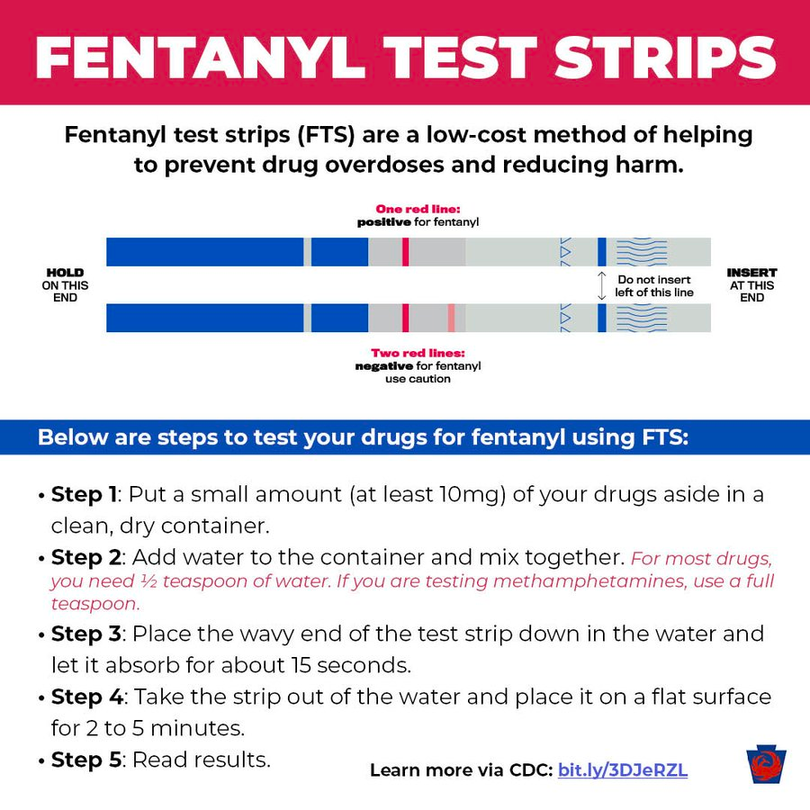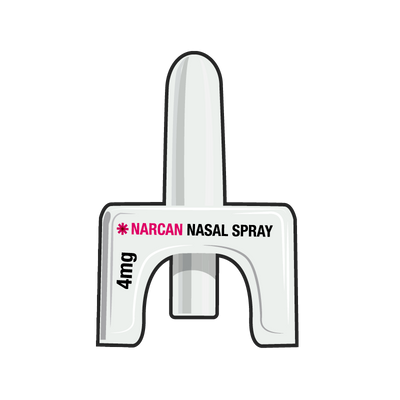
Addictions Coalition of Delaware County

Narcan and
Fentanyl Test Strips
Simulation

What is Narcan?
FDA-approved nasal spray used to treat a known or suspected opioid overdose emergency
What are Fentanyl Test Strips?
Low-cost method of helping to prevent drug overdoses and reducing harm by checking for fentanyl in subtances

Simulations
This simulation will take you through the steps on how to implement Narcan and how to use fentanyl test strips.
Narcan Simulation:
Fentanyl Test Strip Simulation:

More Info
Opioids that can cause overdosing:
Morphine, codeine, methadone, oxycodone, hydrocodone, fentanyl, hydromorphone, and buprenorphine, as well as illicit drugs such as heroin
Signs of opioid withdrawals:
Body aches, diarrhea, tachycardia, fever, runny nose, sneezing, piloerection, sweating, yawning, nausea or vomiting, nervousness, restlessness or irritability, shivering or trembling, abdominal cramps, weakness, tearing, insomnia, opioid craving, dilated pupils, and increased blood pressure
Is Narcan harmful to someone not overdosing?:
No, Narcan is not harmful to someone who is not overdosing
Can Narcan wear off?:
Yes, Narcan usually wears off in 30-90 minutes after the last dose is given which can cause a person to overdose again
Does Narcan expire?:
Yes, check your Narcan for expiration dates and if expired receive a new one from Muncie Vending Machines (locations below)
DON'Ts when responding to an opioid overdose:
DON'T put the person in a cold bath/shower
DON'T slap the person
DON'T inject the person with another substance
DON'T make the person vomit (they could inhale vomit which will cause more harm than good)
Resources
Narcan and Fentanyl Test Strip Vending Machine Locations in Muncie, IN:
SUBSTANCE USE HOTLINE:
1-800-662-4357

About us
Taylor grider
Corynn drabek
Caitlin susong



We are three students from Ball State University. We study public health and want to improve the community through harm reduction awareness. This simulation was made in order to educate the community on how to use Narcan and fentanyl testing strips. We gathered information regarding the community's knowledge of using these harm-reduction tools. We found that more than 50% did not know how to use either tool. We are using this simulation to decrease this number and increase the community's knowledge of both tools.